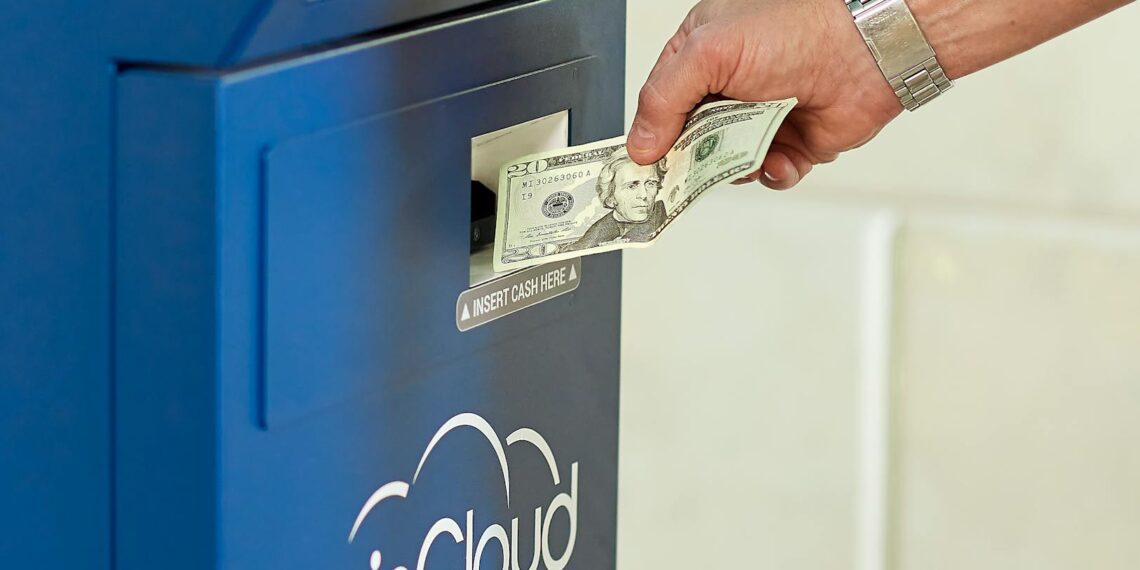In general, coin machines (including coin counters and sorters used by businesses and individuals, and the coin mechanisms in vending machines) work by using a combination of mechanical and electronic components to identify, sort, and count coins.
Here’s a breakdown of the typical process:
Coins are inserted into the machine through a designated slot or hopper.
- Size and Diameter: Coins are often funneled through increasingly larger holes, allowing the smallest coins (like dimes) to fall into their respective chutes first.
- Magnetic Properties/Metal Composition: Some machines utilize magnetic fields to assess the metal content of a coin, as different metals have varying magnetic properties. For example, some alloys might be attracted to a magnet, while others aren’t.
- Weight: In some machines, the coin’s weight is measured, and it needs to fall within a specific range to be accepted.
- Timing: Some machines use timers to ensure the coin falls at a consistent speed, helping to detect if someone is trying to “trick” the machine.
- Counterfeit Detection: Advanced machines may incorporate additional measures, such as electromagnetic sensors or optical scanners, to differentiate between genuine and counterfeit coins.
- The machine sorts the coins by denomination using various techniques like revolving discs, channels, or slides that direct coins into different compartments or tubes based on their size.
- As coins are sorted, they pass by sensors that register each one. This information is sent to the machine’s processing unit.
- Sensors (optical or weight-based, depending on the machine) count the individual coins as they pass by or fall into the sorted compartments.
- The machine’s software calculates the total value of the counted coins based on their denominations.
- The total count and value are displayed on the machine’s screen.
- Sorted coins are dispensed into separate compartments, tubes, or bags.
- In some cases, the machine might dispense a voucher or ticket that can be exchanged for cash or credit at a designated counter or used to purchase items (like in vending machines).
- Coin machines rely on physical properties like size, diameter, weight, and sometimes electromagnetic signatures to identify and sort coins.
- The machines use sensors and algorithms to process this information and accurately count the coins.
- Coin sorting and counting machines improve efficiency by automating a task that would be time-consuming and prone to error if done manually.
- Coin machines are widely used in banks, retail businesses, and even at home to manage loose change.









Does Coinstar give you cash right away?
Thanks for asking. You can get cash in just a few minutes using a Coinstar® machine. It’s so simple. You don’t have to count, sort, or roll your coins. Our big green machines are at grocery stores, so you can get cash conveniently, right on the spot.
Is it worth going to Coinstar?
Great question! Yep, Coinstar will give you full value of your coins if you get a gift card or eCertificates instead of cash. No fee at all.